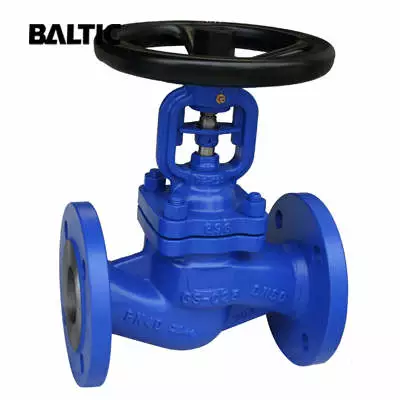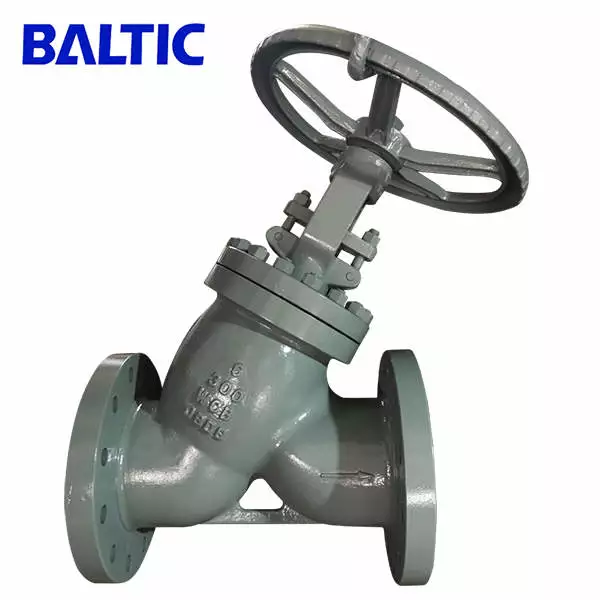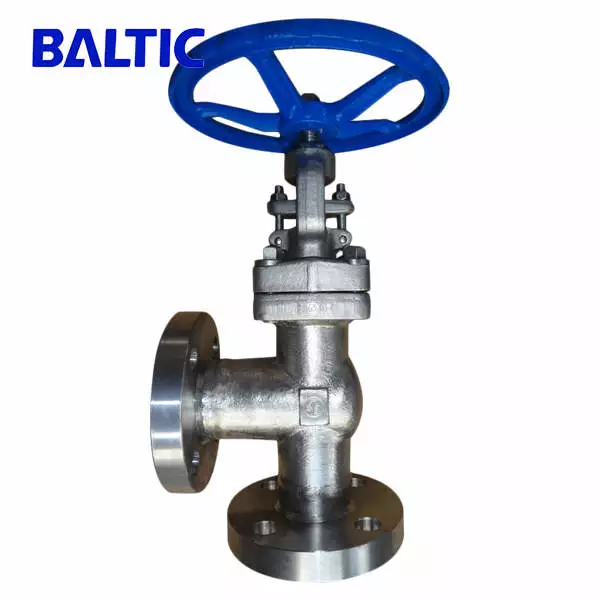Types of the Globe Valve
There are three types of globe valves classified according to the type of body.
1. Z-body globe valve
2. Y-body globe valve
3. Angle globe valve design
Z-body globe valve

Z-body type is the simplest valve design and most common type, beneficial to applications involving water flow. The name "Z-shaped" stems from the Z-shaped partition inside the globular body. The horizontally arranged seat allows the stem and the disc to move at right angle to the pipe axis. The stem passes through the bonnet attached to a large opening at the top of the valve body.
Y-body globe valve

The Y-type design can be used for solving the problem of pressure drop, which usually occurs in the globe valve. In this type, the seat and stem are angled at about 45° to the pipe axis, bringing about a straighter path for fluid flow and creates a more pressure-resistant environment in the valve.
The Y-body valves are suitable for high-pressure applications and other significant applications where pressure drop is mainly concerned. However, under the circumstance of throttling purposes, pressure resistance may not work, especially if the valve size is small. This is also because the flow passage is not streamlined as carefully as that in a larger container.
Angle globe valve design

The angle globe valve is a modification of the design of the basic Z-body globe valve. The fluid passes through the valve body in a right angle flow path and is discharged downwards more symmetrically. These features attach great importance to applications related to high voltage. However, in moderate conditions, the function of the valve is more or less similar to that of Z-shaped valve.
1. Z-body globe valve
2. Y-body globe valve
3. Angle globe valve design
Z-body globe valve

Z-body type is the simplest valve design and most common type, beneficial to applications involving water flow. The name "Z-shaped" stems from the Z-shaped partition inside the globular body. The horizontally arranged seat allows the stem and the disc to move at right angle to the pipe axis. The stem passes through the bonnet attached to a large opening at the top of the valve body.
Y-body globe valve

The Y-type design can be used for solving the problem of pressure drop, which usually occurs in the globe valve. In this type, the seat and stem are angled at about 45° to the pipe axis, bringing about a straighter path for fluid flow and creates a more pressure-resistant environment in the valve.
The Y-body valves are suitable for high-pressure applications and other significant applications where pressure drop is mainly concerned. However, under the circumstance of throttling purposes, pressure resistance may not work, especially if the valve size is small. This is also because the flow passage is not streamlined as carefully as that in a larger container.
Angle globe valve design

The angle globe valve is a modification of the design of the basic Z-body globe valve. The fluid passes through the valve body in a right angle flow path and is discharged downwards more symmetrically. These features attach great importance to applications related to high voltage. However, in moderate conditions, the function of the valve is more or less similar to that of Z-shaped valve.
Previous: Difference between Globe Valves and Throttle Valves
Next: How to Select Proper Valves According to Flow Characteristics?
Next: How to Select Proper Valves According to Flow Characteristics?



